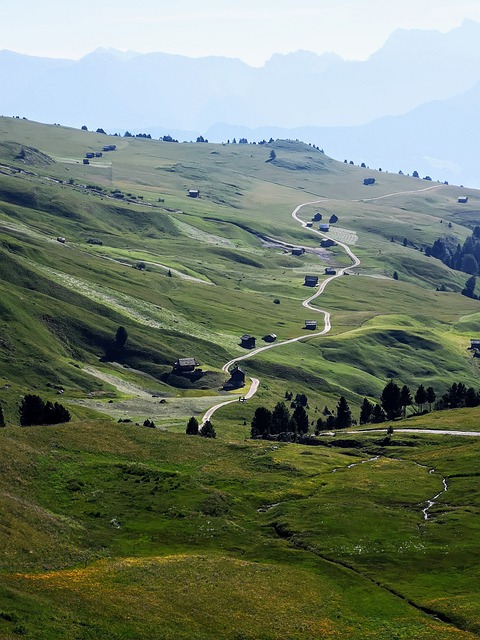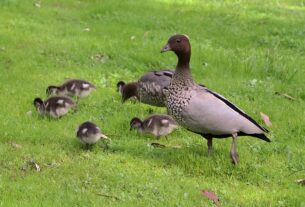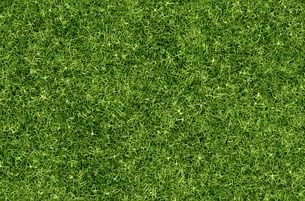Effective lawn care and landscaping hinge on the practice of mulching, which significantly improves turf health by conserving moisture, suppressing weeds, and enriching soil fertility through organic matter decomposition. Mulch also helps regulate soil temperature and provides a gradual release of nutrients beneficial for lawn grasses. When choosing mulch, consider its rate of decomposition and the frequency of replacement to match your lawn's specific needs. Precision edging is essential in maintaining clear, clean boundaries between the lawn and other landscape elements, which not only enhances the aesthetic appeal but also promotes plant health by ensuring access to sunlight and nutrients, while preventing grass overgrowth. Edging tools can range from manual to motorized, depending on your preferences and garden conditions. A well-edged lawn contributes to a manicured look, indicating attentive care and improving the functionality of your outdoor space. Incorporating both mulching and edging into your lawn maintenance routine is key to achieving a lush, healthy lawn that is both visually appealing and easier to manage within a landscaping design that considers both form and function. Lawn care and landscaping are best approached holistically with these practices in mind for optimal results.
Lawn Care and Landscaping enthusiasts will discover essential practices for maintaining a lush, healthy lawn through effective mulching and precise edging. This article delves into these techniques, enhancing the aesthetic appeal and boundary definition of your green space. From understanding the benefits of organic mulch to mastering the art of clean, defined edges, learn how to integrate these strategies into your routine for optimal lawn health and curb appeal. Join us as we explore the nuances of Mulching and Edging for Lawns, crucial aspects of Lawn Care and Landscaping that transform your landscape.
- Maximizing Lawn Health: The Role of Effective Mulching in Lawn Care and Landscaping
- Defining Boundaries and Beauty: The Art of Edging for a Manicured Lawn in Lawn Care and Landscaping
- Strategic Landscaping: Integrating Mulch Types and Techniques into Your Lawn Maintenance Routine
Maximizing Lawn Health: The Role of Effective Mulching in Lawn Care and Landscaping

Mulching is a cornerstone practice in maintaining a lush, healthy lawn, playing a pivotal role within the realm of lawn care and landscaping. By applying a thick layer of organic mulch, such as grass clippings or leaves, directly on the soil surface after mowing, you create an environment that conserves moisture, suppresses weeds, and enhances soil fertility. This organic material decomposes over time, enriching the soil with essential nutrients and improving its structure. As a result, lawn grasses can thrive, outcompeting weeds for space and resources. Additionally, mulching helps to maintain an even soil temperature, protecting your lawn from extreme heat and cold. When integrating mulching into your lawn care routine, consider the type of mulch you use, as certain materials decompose faster and may need more frequent replacement. Employing a consistent edging approach alongside mulching further accentuates the delineation between your turf and garden beds or walkways, offering a clean, polished appearance that enhances both the functionality and aesthetic appeal of your landscape design. This definition of lawn edges not only promotes a neater look but also prevents grass encroachment into unwanted areas, optimizing the growth conditions for your lawn and adjacent plantings. In landscaping, the synergy between effective mulching and precise edging is a testament to meticulous lawn care, contributing to a healthier, more vibrant outdoor space.
Defining Boundaries and Beauty: The Art of Edging for a Manicured Lawn in Lawn Care and Landscaping

Edging serves as a pivotal practice in lawn care and landscaping, delineating the grassy area from garden beds, walkways, or flower borders with precision and elegance. This demarcation not only enhances the visual appeal of your lawn but also promotes a neater and more maintained appearance. The act of edging is both an art and a science, requiring careful consideration of the tools and techniques employed to achieve clean, crisp lines that frame the expanse of green. By using a variety of edging tools, from manual spades and half-moon edgers to gas or electric-powered edge trimmers, gardeners can carve out distinct spaces within the landscape with ease. The choice of tool often depends on the size of the area to be edged, the type of soil, and personal preference. Regular edging, as part of a comprehensive lawn care and landscaping routine, ensures that the grass does not encroach upon surrounding areas, which can lead to a less polished look and potential turf issues. Conversely, when executed properly, edging allows the beauty of the lawn to stand out, creating a canvas of uniformity and order within the natural setting of your outdoor space.
Maintaining the edges of your lawn with consistent edging not only defines its boundaries but also contributes to the overall health and aesthetic of the grass. This practice helps prevent the lateral growth of grass into unwanted areas, which can lead to a dense mat of grass that competes with desirable plants for sunlight, nutrients, and water. Additionally, by keeping the edges neat, lawn care and landscaping professionals facilitate better airflow and sunlight penetration across the lawn surface, which are essential for grass health. The act of edging also makes the space more accessible, as it delineates pathways and borders, making it easier to navigate and maintain the adjacent garden beds. Incorporating edging into your lawn care and landscaping regimen can elevate the visual appeal of your outdoor space, creating a manicured look that is both inviting and well-kept.
Strategic Landscaping: Integrating Mulch Types and Techniques into Your Lawn Maintenance Routine

Integrating mulch into your lawn care and landscaping routine can significantly enhance soil health and plant growth, leading to a more vibrant lawn. Mulching serves multiple purposes, from retaining soil moisture, regulating soil temperature, and reducing weed pressure to improving organic matter content as it breaks down over time. When selecting mulch types for your lawn, consider the specific needs of your plants and the conditions of your soil. Organic mulches, such as wood chips or compost, can enrich the soil with nutrients as they decompose. In contrast, inorganic options like rubber or stone mulch offer a longer-lasting solution with excellent moisture retention properties but do not contribute to soil fertility.
Edging your lawn not only defines the boundary between your grass and garden beds or flowerbeds but also facilitates efficient water usage and prevents grass from encroaching onto pathways or driveways. The type of edging you choose—be it steel, plastic, rubber, bricks, or stones—should complement both your landscaping design and lawn care maintenance practices. For instance, a clean-cut edge made with a half-moon edger can help maintain a tidy boundary between different areas of your yard, making maintenance tasks like mowing and mulching more efficient and effective. By incorporating strategic edging and mulching into your lawn care and landscaping routine, you’ll create a visually appealing and healthy environment that requires less upkeep over time.
Optimizing lawn care and landscaping involves a strategic blend of mulching and precise edging to achieve a visually appealing and healthy lawn. Both practices play pivotal roles in maintaining lawn vitality, defining clear boundaries, and enhancing overall aesthetic appeal. By selecting the right mulch types and employing effective techniques as outlined, your lawn can benefit from improved soil condition, reduced weed pressure, and conserved moisture retention. Similarly, clean, well-defined edges not only signal a meticulously maintained space but also help prevent grass encroachment onto walkways or garden areas. Integrating these lawn care practices into your routine is key to achieving the manicured look that defines a beautifully landscaped yard.



